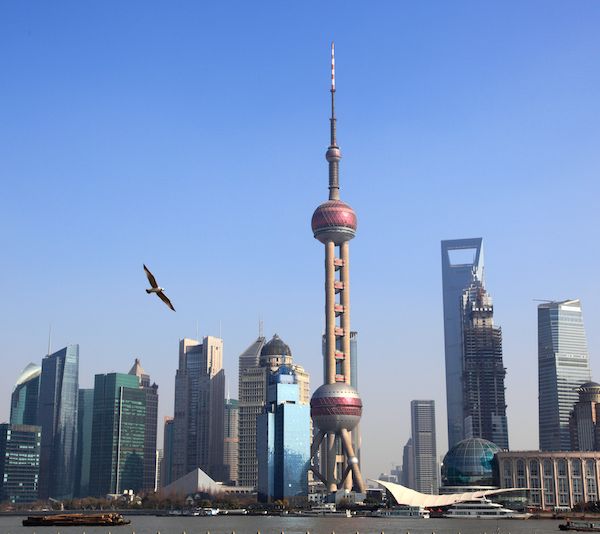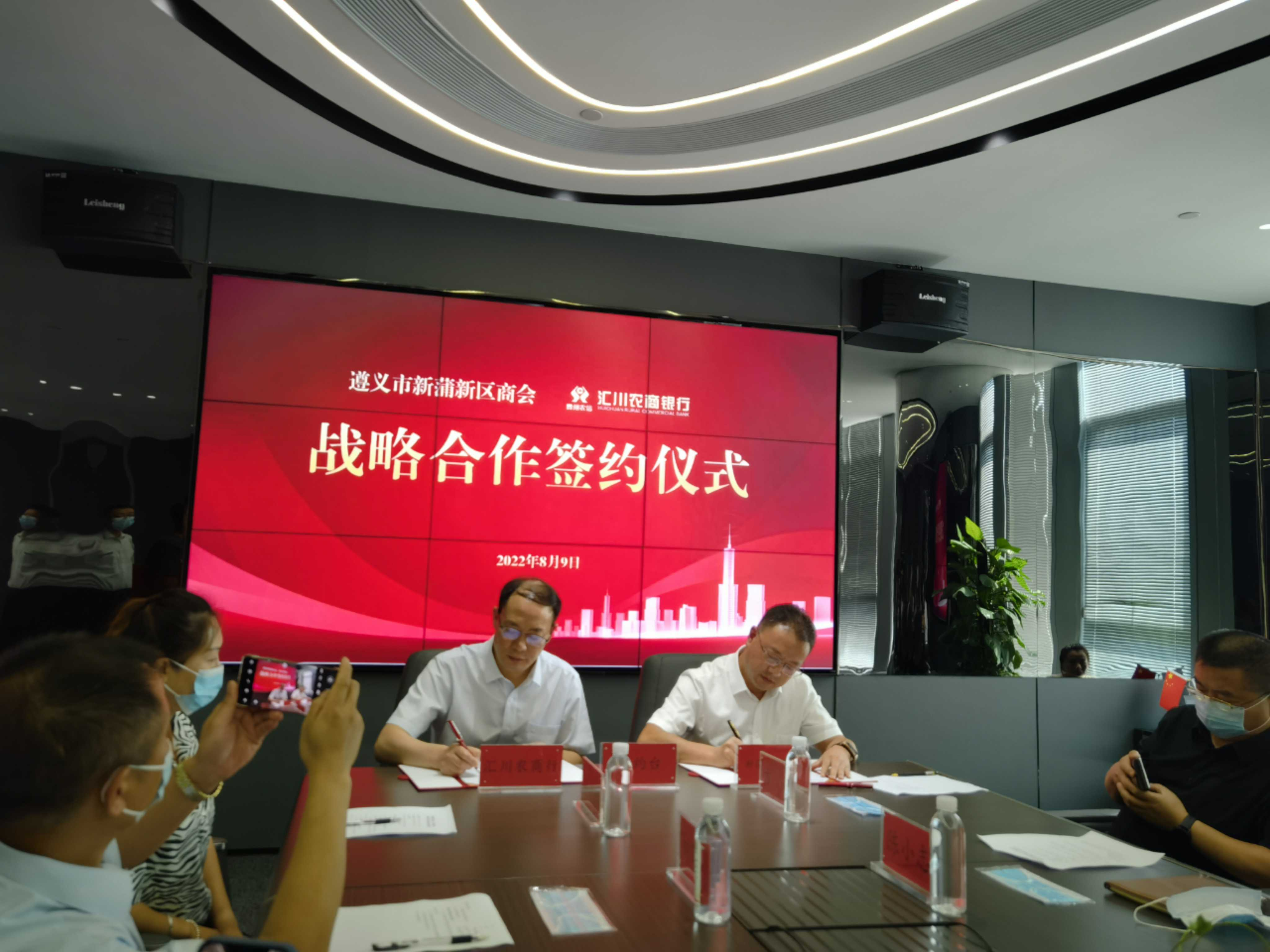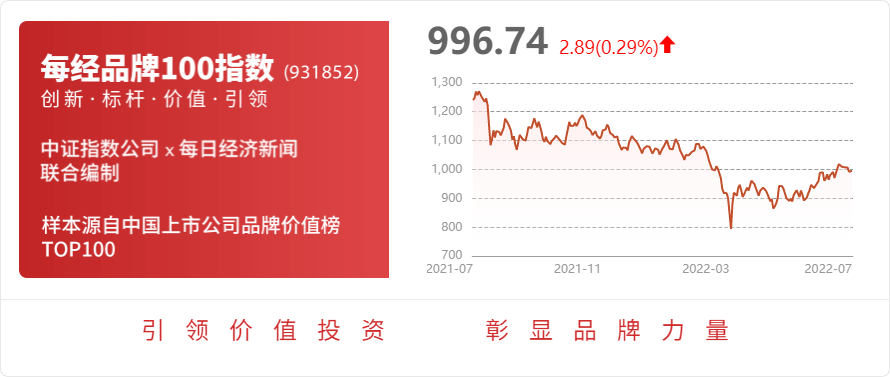Decoding Hurun's latest "Gazette, Cheetah Enterprise" list: Why is half of China's quasi -horned beast in the Yangtze River Delta?
Author:Huaxia Times Time:2022.08.28

Huaxia Times (chinatimes.net.cn) reporter Liu Shimeng Beijing report
Although it was greatly affected by the Omikon epidemic in the first half of 2022, the Yangtze River Delta is still one of the most economical regions in China.
On August 23 and 25, the Hurun Research Institute successively released the "China Hurun Chinese Cheetah Enterprise in 2022" and "Hurun Gylum Enterprise in 2022". According to the list, the Hurun Research Institute collected nearly 1,500 emerging industries non -listed enterprise data in the first half of the year, and selected 241 high -growth "cheetah companies" in China. Among them, the United States ranked first with 238, and China ranked second in 200.
The so-called "Cheetah Enterprise" and "Gazelle Enterprise" refers to the valuation between $ 300 million and $ 500 million and $ 10 billion. Grades -billion dollar valuation of high -growth enterprises. It is worth noting that among the 241 cheetah companies mentioned above, a total of 117 cheetah companies in the Yangtze River Delta region are on the list, accounting for 49%of the country; 99 of the 200 glared companies have 99 in the Yangtze River Delta region, accounting for 50%of the country.
This shows that the Yangtze River Delta region occupies half of the country's "quasi -unicorn". Zhu Danpeng, an expert in the consumer field and the vice chairman of the Guangdong Food Safety Guarantee Promotion Association, told the reporter of the China Times that the Yangtze River Delta is the most dynamic regional market in China and the most densely populated regional market. Location dividends, industrial dividends, population dividends, consumer dividends, including policy dividends, are the strongest in China, so it has become one of the most ideal environments for many enterprises, and many aircraft carrier -type enterprises have also been born.
"Quasi -unicorn" concentrates the Yangtze River Delta
The Hurun Research Institute has been famous for his arrangement of the rich list. Since 2017, he has tracked recording unicorn companies, and then started tracking China and Indian gazelle companies in 2018. In 2020, it began to track Chinese cheetah companies.
"What we want to see most is to find a 'little cheetah'. Soon after it can become a gaze, it can become a unicorn soon. After that, we can go to our top 500. The rich list. Hu Run previously said.
From the perspective of industry distribution, biotechnology is the industry with the largest number of Chinese gazelle companies and cheetah companies, with 49 and 50 respectively, accounting for 24%and 21%of the country.
From the perspective of geographical distribution, the top seven cities with the most gazelle and cheetah companies are the same, namely Shanghai, Beijing, Shenzhen, Hangzhou, Suzhou, Guangzhou and Nanjing. Among them, the proportion of Shanghai and Beijing's "quasi-unicorn" plus about 40%-50%of the country. There are 61 gazelle companies in Shanghai, accounting for 31%of the country; 54 cheetah companies, accounting for 22%of the country. There are 43 gazelle companies in Beijing, accounting for 22%of the country and 49 cheetah companies, accounting for 20%of the country.
However, from the perspective of urban agglomerations, the strength of SMEs in the Yangtze River Delta region is good: In addition to Shanghai, the Yangtze River Delta region has more than 10 gaze and cheetah companies in Hangzhou, Suzhou, and Nanjing. Enterprises, three tier cities Jiaxing and 3 cheetah companies.
In terms of the Pearl River Delta, although there are only 28 and 30 cheetah companies in Shenzhen, accounting for 14%and 12%of the country, there are 6 gazelle companies and 14 cheetah companies in Guangzhou. There are also 3 cheetah companies.
Back to the list of Hurun and Cheetah for the year since 2020, the reporter of the Huaxia Times found that the number of "quasi -unicorn" in the Yangtze River Delta has always won the national speed. In the past two years, while Chinese glared companies have doubled from 100 to 200, the gladia companies of the Yangtze River Delta have also increased from 45 to 99, an increase of 120%; within two years 241, an increase of 91.3%, of which cheetah companies in the Yangtze River Delta increased from 52 to 117, an increase of 125%.
What did you do right in the Yangtze River Delta?
And why does the Yangtze River Delta have the most "quasi -unicorn" enterprises?
Regardless of the total GDP and per capita GDP, Jiangsu, Zhejiang, Shanghai, Anhui and other places in the Yangtze River Delta are among the best. Among them, the contribution of the private economy to GDP has always been an important force to support economic development.
At the end of July, Liu Cong, chairman of the Jiangsu Provincial Federation of Industry and Commerce, pointed out that in 2021, the contribution of the province's private economy to the GDP growth of the province increased from 57.2%five years ago to 63.1%; 67%of GDP, the proportion increased by 0.2 percentage points from the previous year. From the perspective of listed companies, as of the end of 2020, the number of listed companies in the Yangtze River Delta reached 1,460, accounting for one -third of the country, most of which were private enterprises, accounting for 68.49%.
More importantly, the Yangtze River Delta has many hidden "strong three -line" cities. The "China City Competitiveness Report" released by the Chinese Academy of Social Sciences in 2021 pointed out that the top ten cities in the comprehensive economic competitiveness in 2021 were Shanghai, Shenzhen, Hong Kong, Beijing, Guangzhou, Suzhou, Taipei, Nanjing, Wuhan, Wuhan, Wuhan, Wuhan, Wuhan, Wuhan, Wuhan, Wuhan, and Wuhan, and Wuhan, and Wuhan, and Wuhan,, Wuhan, Wuhan, Wuhan, and Wuhan,, Wuhan, Wuhan, Wuhan, and Wuhan,, Wuhan, Wuhan,, Wuhan, Wuhan,, Wuhan, Wuhan, Wuhan, and Wuhan, Wuxi. Among them, Wuxi, as a non -first or second -tier city, has successfully shortlisted the top ten national economic competitiveness.
"Comparing the business in Jiangsu, Zhejiang and Shanghai," Volume ", can't roll here." Entrepreneurs who once operated chain dessert shops in Suzhou, Wuxi and other places told the reporter of the Huaxia Times that the residents of Jiangsu, Zhejiang and Shanghai and the northern urban residents The concept of consumption is different, and the competitive pressure is different. Even stores with similar scales can sell for 70,000 in one day in the third -tier cities in Jiangsu, Zhejiang and Shanghai, but only 10,000 in second -tier cities in the north. In addition, on August 24th, the "Specialized New" Enterprise Top Ten City Insight Report "(hereinafter referred to as the" Report ") released by the Tianyan Institute of Eye Institute also shows that among the top ten cities, Shanghai, Ningbo, Tianjin, Qingdao, Xiamen, and Xiamen Wait more than half of the eastern coastal areas. Among them, Ningbo, as the deputy center cities of the Yangtze River Delta, has a "industrial city" and has a complete manufacturing system. The "Report" states that Ningbo is currently a national industrial market and advanced manufacturing base, and is the prefecture -level city with the largest number of new specialized enterprises in the country. According to the plan, in 2025, Ningbo Technology -oriented SMEs will reach 30,000, and 6,000 national science and technology SMEs.
Editor -in -chief: Xu Yunqian Editor: Gong Peijia
- END -
The strategic cooperation signing ceremony of Zunyi New District Chamber of Commerce and Zunyi Huichuan Rural Commercial Bank in Guizhou Province was held in a grand

Deepen the cooperation of banking enterprises to help enterprises' development sti...
Transaction is changing!Jiangsu North: Stock trading is abnormally fluctuated, and there is no major information that has not been disclosed

Every time AI News, Jiangsu North (SH 688218, closing price: 19.8 yuan) issued an ...